Blog
July 1, 2022
NAIDOC Week: William Cooper’s Legacy
The roots of NAIDOC Week can be traced back to the 1920s and 30s when First Nations rights groups took formation and staged boycotts and marches on the Australian government.
Instrumental in these actions was William Cooper, who led the 1938 Day of Mourning march, which demanded constitutional powers for Aboriginal people.
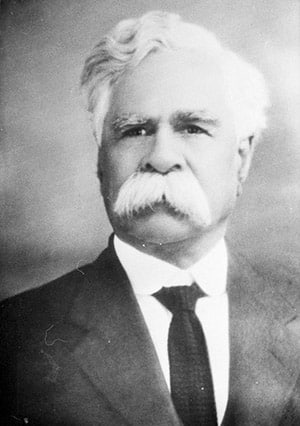
📷 William Cooper, circa 1937.
Cooper holds a special position in the Sydney Jewish Museum for his incredible empathy for the plight of all persecuted peoples, including the Jews of Europe.
On November 9-10,1938, Jewish businesses, synagogues, houses and schools were destroyed, dozens of people were killed and 30,000 men were arrested and taken to concentration camps, in what is known as Kristallnacht — the night of broken glass – the pogrom that would become the precursor to the Holocaust.
It sent a wave of fear and terror through Germany, Europe and the rest of the world and William Cooper could not stay silent. Cooper was quickly moved to action and led a march on the German Consulate in Melbourne.
He and his delegation were refused entry, and little attention was attracted to the cause at the time. However, 72 years after his efforts, Cooper was honoured by Yad Vashem. Cooper’s legacy is recognised in our Holocaust exhibition for his outreach to the Jewish community. You can also find him recognised in our Holocaust and Human Rights exhibition for his immense efforts for the rights of First Nations Australians.
Cooper’s descendants retain their close affiliation with the rights of oppressed peoples and continue to honour them through the Museum, as a place for the promotion of the rights of all.
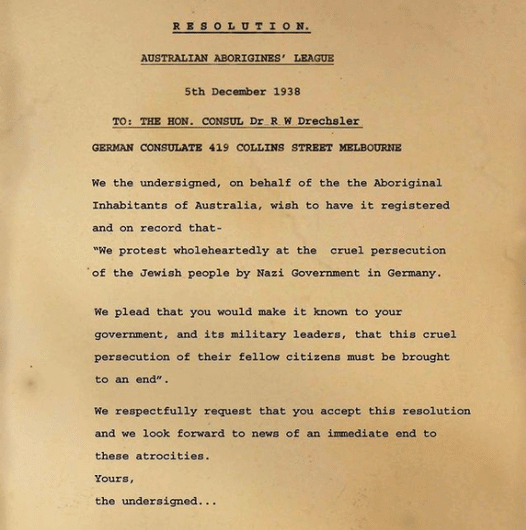
Image: Reconstruction of the petition by Australian Aborigines’ League in 1938 (detail). Courtesy of the Cooper Family.

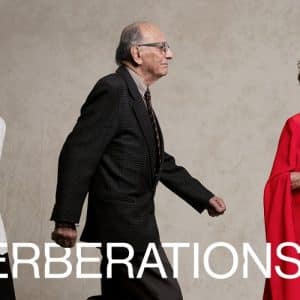
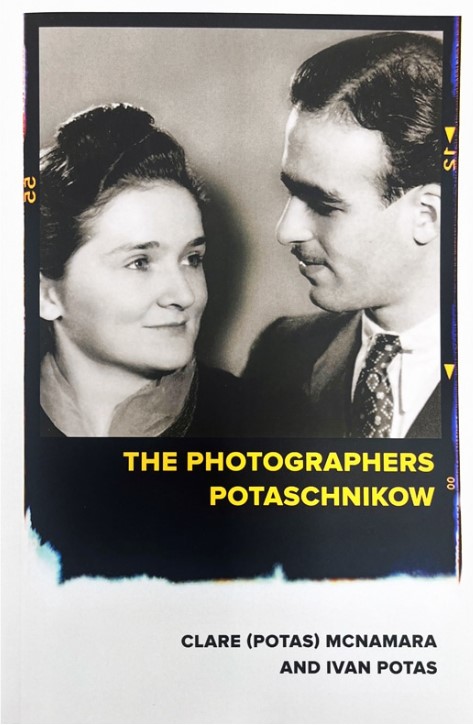
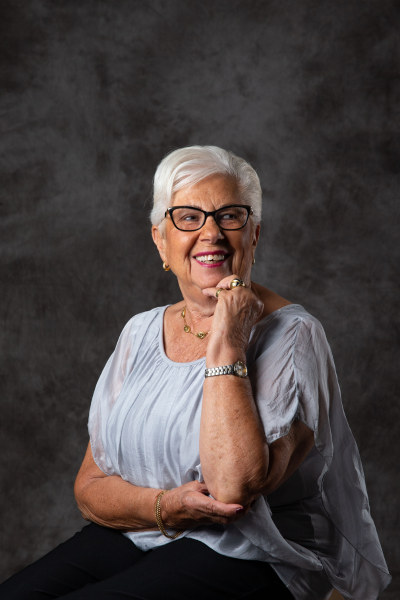
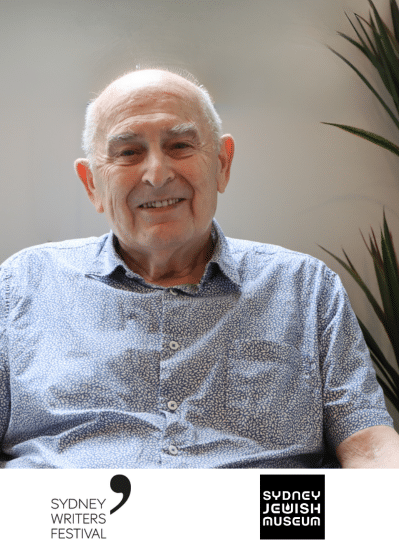

What’s On Newsletter
Keep up to date on all Museum events and exhibitions.